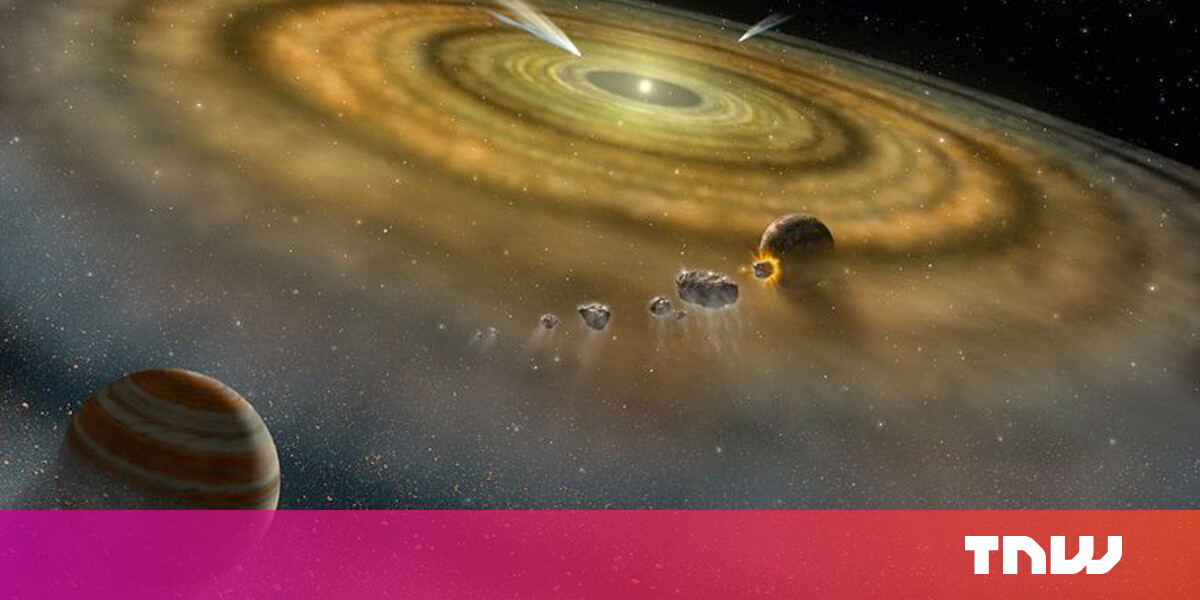
A modern database for an ancient librarian
“Our deeds attach themselves to us like the flame to phosphorus. They constitute our brilliance, to be sure, but only in so far as they consume us.”
— Andre Gide
The Hypatia Catalog, developed by Hinkel, provides a public database of chemical compositions of stars collected by astronomers around the globe. The team compared the figures to chemical ratios found in the crust of the Earth, terrestrial silica deposits, and marine plankton.
“But there’s so little phosphorus stellar abundance data. Phosphorus data exists for only about 1% of stars. That makes it really difficult to figure out any clear trends in between the stars, let alone the role of phosphorus in the evolution of an exoplanet,” Hinkel said.
Each element gives away its presence by forming lines in the spectra of stars. When produced by the formation of light, these bright markings are called emission lines. Light passing through the atmospheres of planets or stars form dark markers called absorption lines.
The region at which these absorption lines of phosphorus are found sit at the region at the red edge of the rainbow, just before the electromagnetic spectrum turns to infrared. This part of the rainbow is little-studied by astronomers, and few instruments are available to examine these frequencies.
“We find that, in general, plankton, Earth, and Mars are N-poor and P-rich compared with nearby stars. However, the dearth of P abundance data, which exists for only ~1% of all-stars and 1% of exoplanet hosts, makes it difficult to deduce clear trends in the stellar data, let alone the role of P in the evolution of an exoplanet,” researchers describe.
Our own Sun is home to a fairly high concentration of phosphorus, and biology on Earth uses some of this to drive the mechanisms of life.
Small rocky planets would draw phosphorus into their cores, leaving the surface devoid of this element vital to biological systems. Hinkel believes systems, where phosphorus is more common and available for biological processes, may be among the best places to search for alien life.
So you like TNW? Then join our upcoming online event, TNW2020, you don’t want to miss it.
This article was originally published on The Cosmic Companion by James Maynard, founder and publisher of The Cosmic Companion. He is a New England native turned desert rat in Tucson, where he lives with his lovely wife, Nicole, and Max the Cat. You can read this original piece here.
Astronomy News with The Cosmic Companion is also available as a weekly podcast, carried on all major podcast providers. Tune in every Tuesday for updates on the latest astronomy news, and interviews with astronomers and other researchers working to uncover the nature of the Universe.
